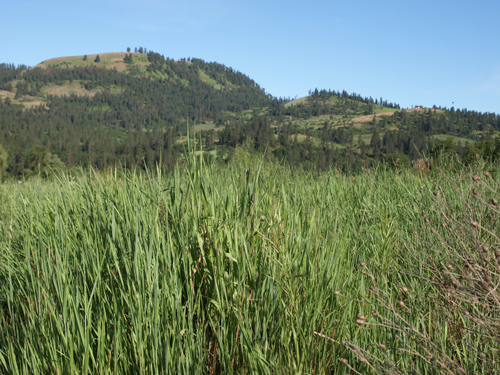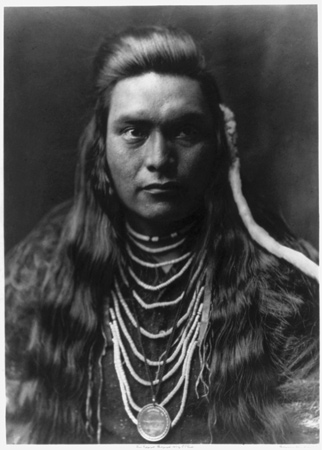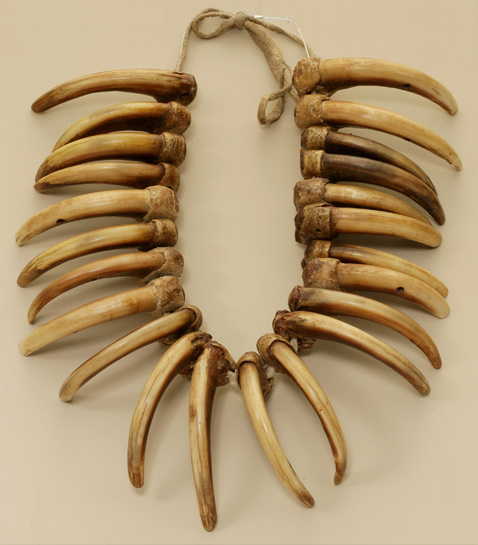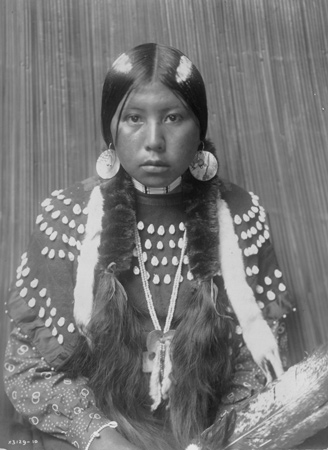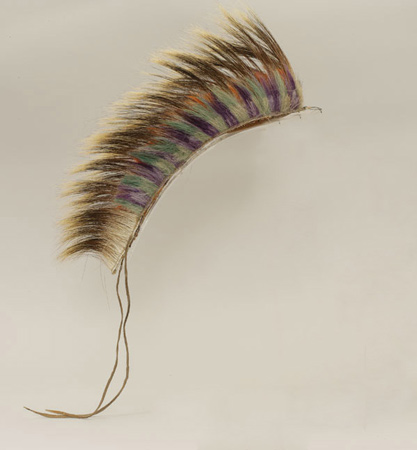The expedition moves a few miles to the Clearwater River in present Kamiah, Idaho. Lewis describes in detail the appearance, dress, ornamentation, and hairstyles of the Nez Perce.
Kamiah Meadow
© 7 June 2009 by Kristopher K. Townsend. Permission to use granted under the Creative Commons Attribution-Share Alike 4.0 International license.
Moving to the Clearwater
We had a fine morning with white frost. Having collected our horses, we found we had 60 and all pretty good except 4, which were studs and had sore backs. At noon we proceeded down the branch, which has a good deal of cotton wood, willow, and cherry tree on its banks; and is a bold rapid stream, about 15 yards wide. We kept down the branch about four miles; and then came to the river where it passes through a beautiful plain.—
—Patrick Gass
Running the Horses
in the evening we tried the Speed of Several of our horses. these horses are strong active and well formed. Those people have emence numbers of them 50 or 60 or a Hundred head is not unusial for an individual to possess.
—William Clark
Nez Perce Manner and Dress
The Chopunnish [Nez Perce] are in general stout well formed active men. they have high noses and many of them on the acqueline order with cheerfull and agreeable countenances; their complexions are not remarkable. in common with other savage nations of America they extract their beards but the men do not uniformly extract the hair below, this is more particularly confined to the females.
—Meriwether Lewis
they appear to be cheerfull but not gay; they are fond of gambling and of their amusements which consist principally in shooting their arrows at a bowling target made of willow bark, and in riding and exercising themselves on horseback, racing &c. they are expert marksmen and good riders.
—Meriwether Lewis
Necklaces and Trinkets
the hair of the men is cewed in two rolls which hang on each side in front of the body as before discribed of other inhabitants of the Columbia. collars of bears claws are also common
—Meriwether Lewis
they do not appear to be so much devoted to baubles as most of the nations we have met with, but seem anxious always to obtain articles of utility, such as knives, axes, tommahawks, kettles blankets and mockerson alls. blue beads however may form an exception to this remark; this article among all the nations of this country may be justly compared to goald or silver among civilized nations.
—Meriwether Lewis
Female Dress
their women also dress like the Shoshones. their ornaments consist of beads shells and peices of brass variously attatched to their dress, to their ears arrond their necks wrists arms &c.
the ornament of the nose is a single shell of the wampum. the pirl and beads are suspended from the ears. beads are woarn arround their wrists necks and over their sholders crosswise in the form of a double sash.
—Meriwether Lewis
Male Hair Ornaments
I observed a tippit woarn by Hohâstillpilp, which was formed of human scalps and ornamented with the thumbs and fingers of several men which he had slain in battle
the men also frequently attatch some small ornament to a small plat of hair on the center of the crown of their heads
—Meriwether Lewis
Weather Diary
State of the Weather at rise
Wind at rise
State of the Weather at 4 P.M. Wind at 4 P.M. State of the Kooskooskee fair S W fair S W formed a Camp on the Kooskooske [Clearwater River]
—Meriwether Lewis and William Clark[1]To assist the reader of this web page, the date column is not presented, the river columns have been merged, and some abbreviations have been spelled out.
Experience the Lewis and Clark Trail
The Lewis and Clark Trail Experience—our sister site at lewisandclark.travel—connects the world to people and places on the Lewis and Clark Trail.
Plan a trip related to May 13, 1806:

Notes
| ↑1 | To assist the reader of this web page, the date column is not presented, the river columns have been merged, and some abbreviations have been spelled out. |
|---|
